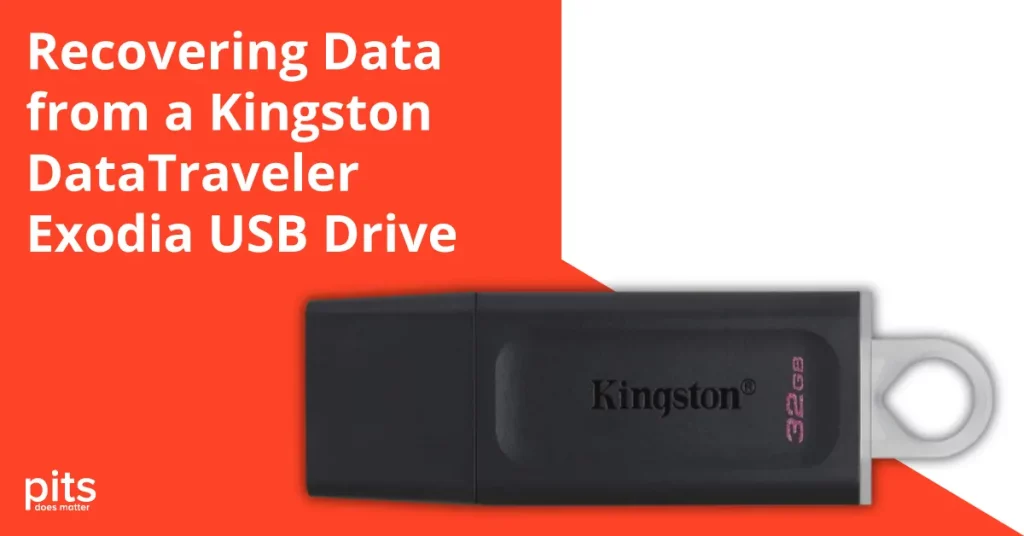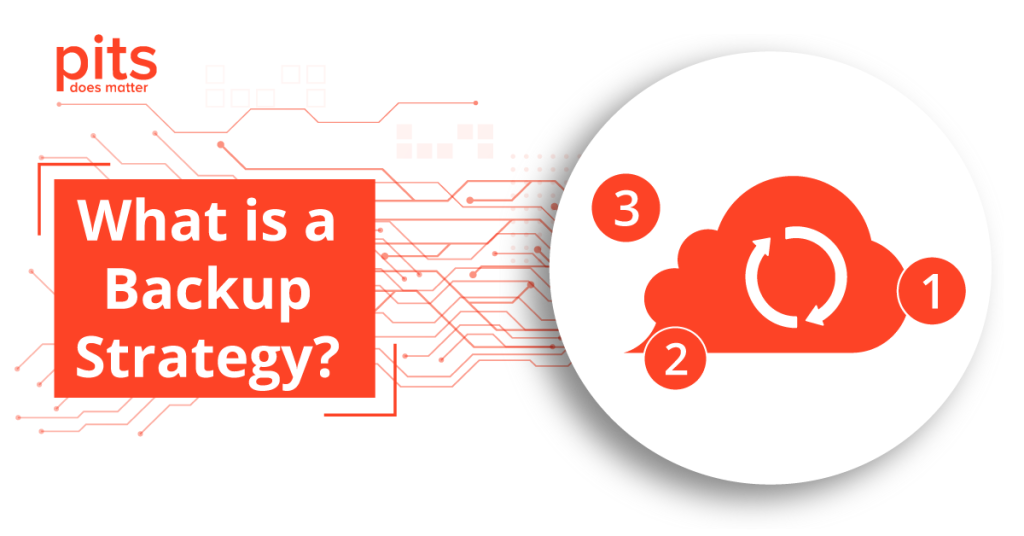In the ever-evolving landscape of cybersecurity threats, ransomware has emerged as one of the most alarming challenges for individuals and organizations alike. Among the various strains of ransomware that have surfaced, Jigsaw ransomware stands out due to its unique and insidious approach to data encryption and extortion. This blog post aims to unravel the complexities of Jigsaw ransomware, highlighting its operational mechanisms, potential impacts, and prevention strategies.
What is Jigsaw Ransomware?
Jigsaw ransomware, named after the infamous puppet from the “Saw” horror movie franchise, is a type of malware that encrypts files on infected devices and demands a ransom for their decryption. Unlike many traditional ransomware variants, Jigsaw incorporates a chilling psychological tactic: it threatens to delete files gradually if the ransom is not paid within a specific timeframe.
How Jigsaw Ransomware Works
-
Infection Vector Jigsaw typically infiltrates systems through malicious email attachments, compromised software downloads, or exploit kits. Once the user unwittingly executes the malware, it initiates the infection process.
-
File Encryption After successful infiltration, Jigsaw scans the system for files to encrypt, targeting common file types such as documents, images, and videos. It employs strong encryption algorithms, making the files virtually inaccessible without the decryption key.
-
Ransom Note and Threats Upon encrypting the files, Jigsaw displays a ransom note on the victim’s screen. This note outlines the ransom amount (usually demanded in Bitcoin) and includes a countdown timer. The chilling aspect of Jigsaw is its threat to permanently delete files if the ransom is not paid within the specified time frame, escalating the urgency for the victim.
-
Payment and Decryption Once the ransom is paid, there is no guarantee that the victim will receive the decryption key or that the decryption process will work. Many victims report that even after payment, their files remain inaccessible.
The Impact of Jigsaw Ransomware
The impact of Jigsaw ransomware can be devastating for both individuals and organizations:
- Data Loss: Victims risk losing critical data permanently if they do not have proper backups in place.
- Financial Loss: Paying the ransom does not guarantee recovery of data, leading to potential financial losses.
- Operational Disruption: For businesses, ransomware attacks can halt operations, resulting in lost productivity and revenue.
- Reputational Damage: Organizations that fall victim to ransomware attacks may suffer reputational harm, leading to a loss of customer trust.
Prevention Strategies
Preventing Jigsaw ransomware and other ransomware threats requires a proactive approach:
-
Regular Backups
- Maintain up-to-date backups of critical data stored offline or in a secure cloud environment. This ensures that, in the event of an attack, you can restore your data without paying the ransom.
-
Security Software
- Invest in reputable antivirus and anti-malware software to detect and prevent ransomware infections. Ensure that the software is regularly updated to defend against new threats.
-
Email Awareness
- Exercise caution when opening email attachments or clicking on links from unknown senders. Phishing emails are a common method of delivering ransomware.
-
Software Updates
- Keep your operating system and applications updated to protect against vulnerabilities that ransomware can exploit.
-
Network Security
- Implement robust firewall and network security measures to limit unauthorized access and contain potential threats.
What to Do if Infected
If you suspect that your device has been infected with Jigsaw ransomware, take immediate action:
-
Disconnect from the Internet
- Disconnect the infected device from the internet to prevent the ransomware from spreading or communicating with its command server.
-
Do Not Pay the Ransom
- While the pressure to pay may be high, paying the ransom does not guarantee that your files will be restored. Additionally, it encourages the continuation of such criminal activities.
-
Seek Professional Help
- Contact a reputable cybersecurity firm or data recovery service for assistance. They may help you recover your files without paying the ransom.
-
Report the Incident
- Report the ransomware attack to law enforcement agencies and cybersecurity organizations to aid in combating ransomware threats.
Conclusion
Jigsaw ransomware represents a sinister digital threat that exploits vulnerabilities in our daily digital interactions. By understanding how it operates and taking proactive steps to protect your data, you can safeguard yourself against this malicious form of malware. Remember, prevention is key, and being informed is your best defense against cyber threats like Jigsaw ransomware. Stay vigilant, and prioritize your digital security to protect your valuable information.


